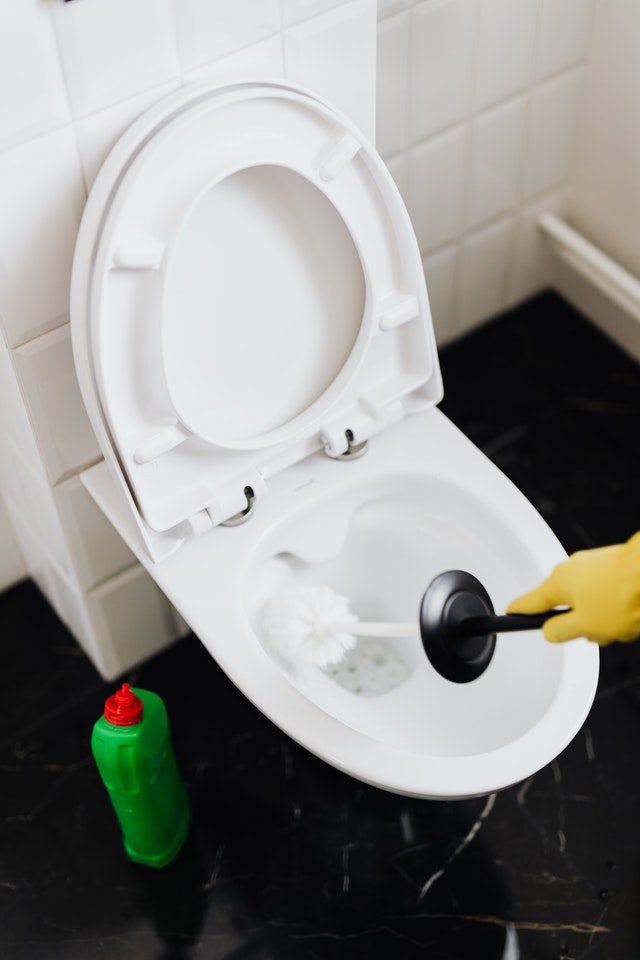Whether you are a homeowner, renter or a landlord, a clogged toilet is a household headache you could do without. That’s why property renovation experts Evolving Home have put together seven ways to unclog a toilet yourself, before you think about getting the plumber on speed dial.
1. Use a flange plunger
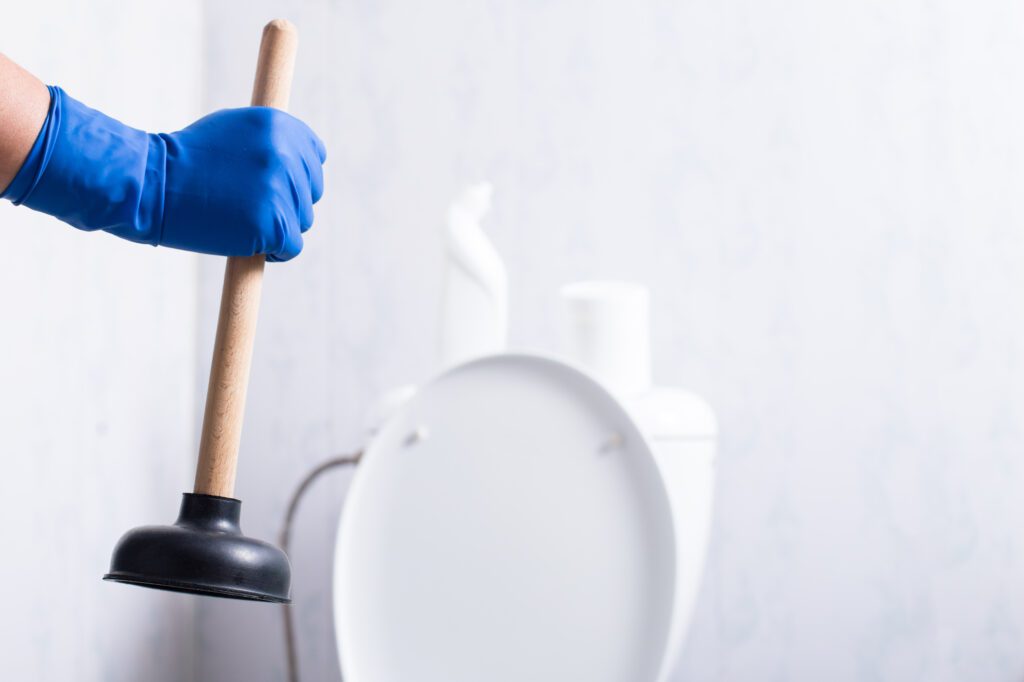
A flange plunger should be the first call of action for dealing with any toilet blockage. These differ from traditional plungers in that they have a smaller cup at the end, which is designed to fit inside a typical toilet drain. Start by putting on some rubber gloves and place the flange plunger directly into the toilet bowl so that it covers the drain and seals to create a vacuum. Push down slowly on the plunger and then pull it all the way out. Do this two to three times to help dislodge the clog, before then flushing the toilet.
Scott Dylan, a former property manager and writer at Evolving Home recommends the following: “It’s a good idea to invest in a flange plunger for your toilet and a separate cup plunger for dealing with your sink and shower. Not only is each plunger specialized for dealing with different surfaces, but it avoids unnecessarily spreading bacteria from the toilet into the sink, where you wash your hands and face.”
2. Use a wire coat hanger
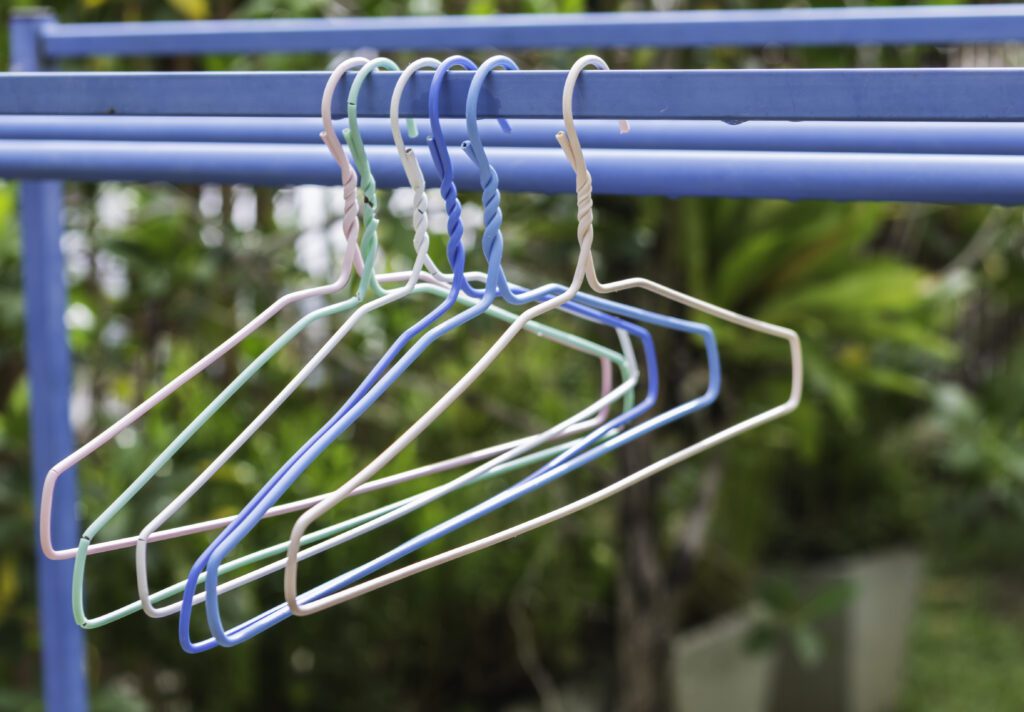
If you have one lying around, you can make use of a wire coat hanger to break up a bothersome blockage. Simply take a spare wire coat hanger and unwind it so that you just have a long piece of wire. Wrap one end of the wire in an old washcloth and secure this on with duct tape. Lower the fabric end of the wire into the toilet bowl and push this into the drain, while twisting it slowly, until you are met with resistance. Keep pushing until the resistance gives way and the water in the toilet bowl begins to slowly drain away, before then flushing the toilet.
3. Use a mix of vinegar and baking soda
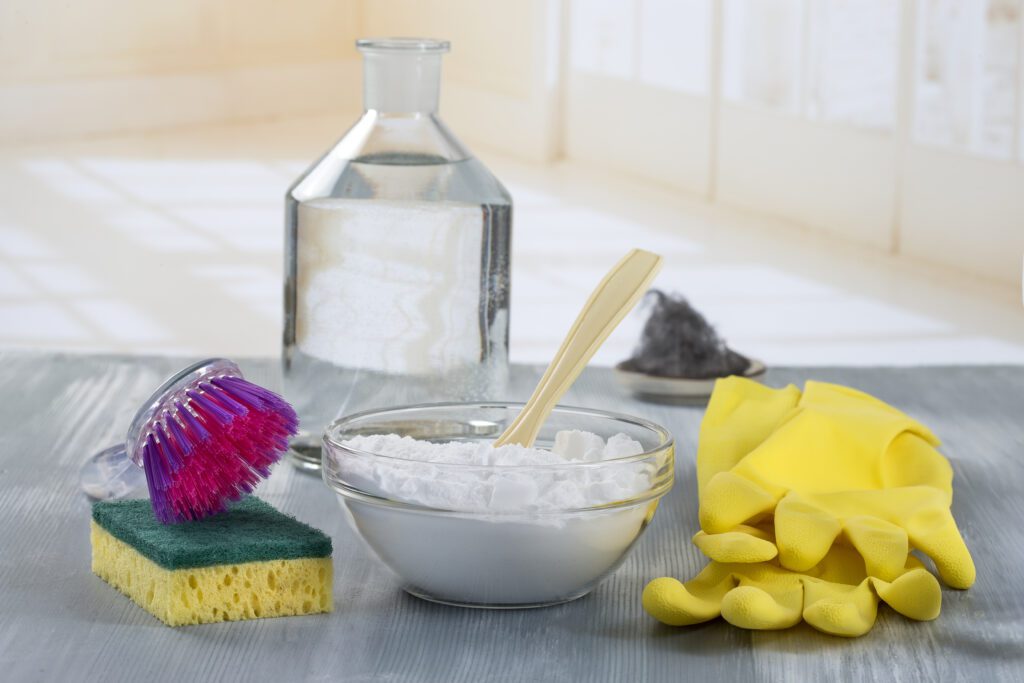
You may be tempted to opt for heavy cleaning chemicals when dealing with a clog, however these can often cause damage to your plumbing, creating further problems down the line. Instead opt for combining two common pantry ingredients: vinegar and baking soda. The resulting chemical reaction will create a cleansing foam that should loosen the clogged materials and allow you to safely flush the residue through the pipes.
Start by mixing one cup of baking soda with two cups of water in a container and then pour these directly into the toilet. This allows the baking soda to disperse within the toilet pipes more evenly. Then pour two cups of vinegar into the toilet. Allow between 20 minutes to half an hour for the mixture to get to work on the clog, before flushing the toilet.
4. Use soap and boiling water
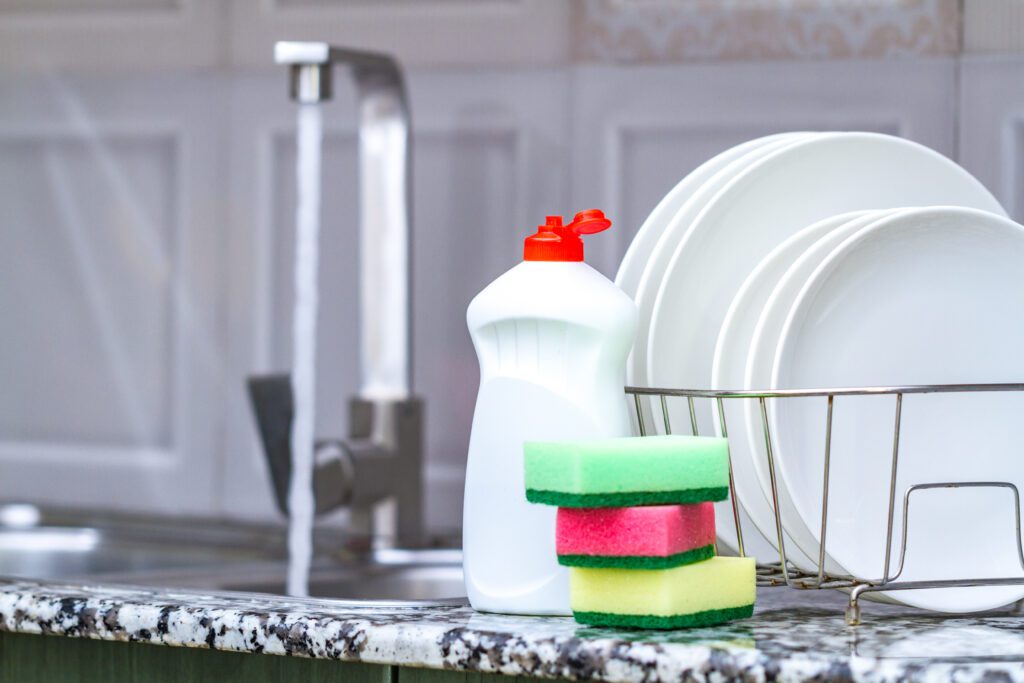
While this sounds rather basic, it can be highly effective at removing blockages, while also acting as a huge money saving hack.
Start by heating half a gallon of water on the stove. Simply pour half a cup of dish soap into the toilet bowl followed by your very hot, but not boiling, water and allow ten minutes for this to work through the pipes. Then try flushing the toilet to see if this has dislodged the clog.
Scott Dylan of Evolving Home says: “Make sure not to use boiling hot water when using this method, as higher temperatures can cause your toilet bowl to crack.”
5. Use an enzyme product

Enzyme products are particularly useful for breaking down blockages at the source. These products are intended for liquifying septic tanks and can be added into your toilet drain to break down organic waste, making it easier to flush through the pipes.
You can pick up enzyme products in grocery and hardware stores, and many will have instructions on how to apply these to your toilet. Simply pour the directed amount into the toilet bowl or dilute with water, and let it get to work on the clog. Give the solution some time to work before flushing the toilet to see if it has removed the problem.
“Remember that these products will only work on organic waste, so if the blockage isn’t organic or degradable, then it will be ineffective at breaking up the clog,” says Scott Dylan of Evolving Home.
6. Use a plumbing snake
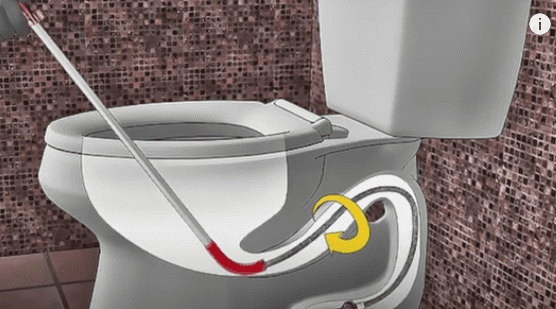
Working in much the same way as the wire coat hanger method, a plumbing snake is a long flexible coiled wire that can be inserted into the toilet bowl, allowing you to reach further into the pipes. They are particularly useful for clogs placed deep within pipes, that might be more difficult to dislodge with a flange plunger.
To start simply put one end of the plumbing snake into the toilet bowl and dependent on the model, push the wire or crank the handle to extend this into the toilet pipes. Once you are met with resistance, push a little further and twist, to break up the clog and flush to clear out the loosened debris.
7. Use a wet and dry vacuum
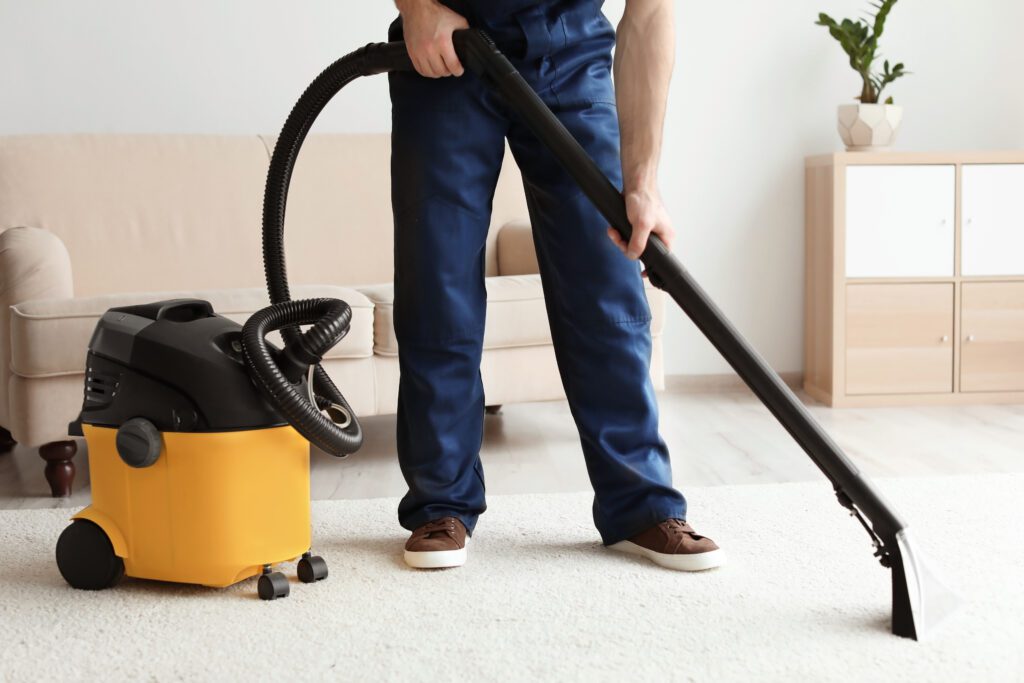
If you have exhausted all other options, a slightly more expensive alternative for extremely stubborn blockages is to use a wet and dry vacuum. These are designed to work with water and other liquids, as your regular vacuum cleaner will not be up to this job.
Start by placing the nozzle of the wet vacuum into the toilet bowl and turn it on to remove the standing water from the toilet. Then wrap the outside of the vacuum nozzle with an old washcloth to avoid scratching the toilet. Place the vacuum against the toilet drain so that it forms a seal similar to a plunger and turn it on. This should finally pull the blockage out of the pipe and allow your toilet to flush smoothly again.
Evolving Home provides the most up to date home improvement information and product recommendations from industry experts, based on research, hands-on testing, and analysis of user testimonials.
Further information can be found at https://www.evolvinghome.co/ who provided this expert commentary.
Help keep news FREE for our readers
Supporting your local community newspaper/online news outlet is crucial now more than ever. If you believe in independent journalism, then consider making a valuable contribution by making a one-time or monthly donation. We operate in rural areas where providing unbiased news can be challenging. Read More About Supporting The West Wales Chronicle






















